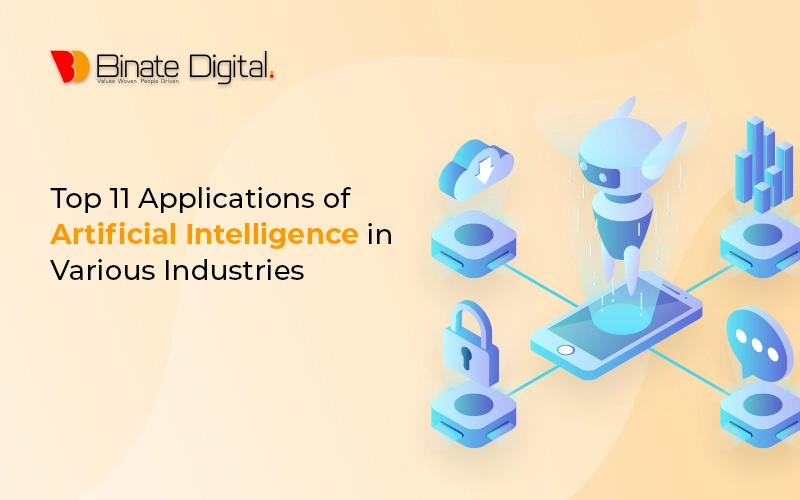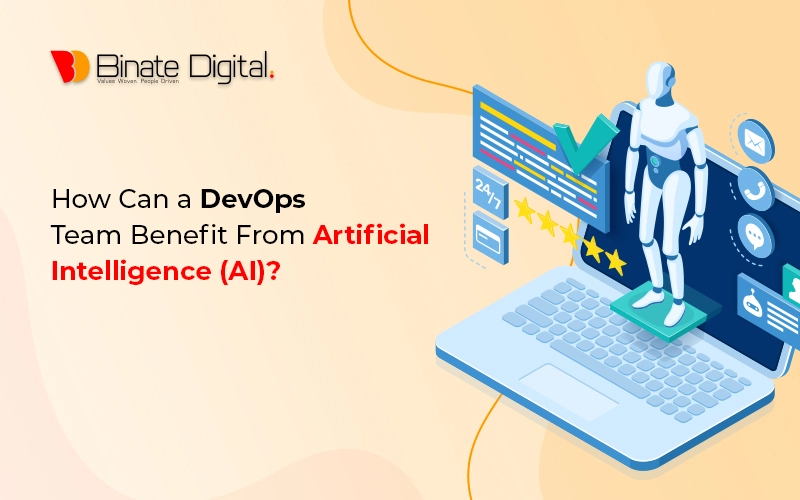A Complete Guide to AI Integration in Mobile Apps
In the ever-evolving landscape and ever-increasingly competitive market of mobile apps, the demand and future of mobile apps are associated with AI integration, and you will see more of it as this technology advances. Sooner or later, almost all the apps on your phone will have AI integration. Integration of artificial intelligence in mobile apps has a plethora of benefits, from streamlining manual processes to optimizing the existing system to making it more secure with its application to making an app’s environment more personalized, engaging, and efficient, making an app more quintessential in every aspect. In this comprehensive and all-encompassing article, we will discuss everything that goes into AI application development to make top-notch artificial intelligence apps. Not only that, but also the top platforms, the benefits of AI integration in mobile apps, the challenges that come with the integration, and much more. So, without further ado, let’s get straight to your original query. AI Application Development: Integrating AI into Your Mobile App Integration of AI in mobile apps is quite a crucial thing to do to your app, as you may end up messing up; that is why it is paramount for the success of the end product that you ace every phase. Plan Ahead Plan what you can automate with AI or optimize with AI. Don’t just integrate AI for the sake of having AI integration in your mobile app. If you look up a mobile app development agency, you will be amazed by their attention to detail prior to actually diving into developing artificial intelligence apps. Otherwise, the development process will lack flow, and integration may not be done right. Choosing the Right AI Technology The success of AI integration in your mobile app hinges on the technology you choose during the process. Below are some factors to consider when choosing an AI technology for your app. Core Functionality: Choose the right AI technology that is congruous or, better yet, harmonizes with your app features. When choosing a technology, dig into it and know what it has to offer. Accuracy: This should be the first yardstick to gauge the AI technology in the account. If it is not accurate, there is no point in having it integrated into your app; users will eventually lose trust and flip to the next app, so you can’t. There is no way you can compromise on accuracy, just like you don’t want to compromise on quality. Easily Integrable: This should weigh more than the first two factors, but it is better if AI integration is done without tackling it with much fuss. The reason we said that is that, over time, you would be adding more functionalities, and there is normally no way back once it is half-done. Scalability: Obviously, you will scale up over time, and your user base will grow, which means more congestion and load, so ensure you choose the AI technology that does not hinder your progress later. Cost: If you are buying technology from big companies, it has some cost, and that might be obvious, but you have to keep everything under your budget as you will not be making money initially. Google’s TensorFlow, Apple’s Core ML, and Microsoft’s Cognitive Services are some of the most popular and reliable AI technologies you can integrate. Recently, OpenAI has developed an API for chat and text completion models. We have enumerated all the top AI technologies later in the article, so keep reading on. Preprocessing with Large Datasets In AI application development, data collection and preprocessing are quite crucial steps in having an AI-powered mobile app. You have to feed the AI algorithm for preprocessing, which it analyzes. The more qualitative data, the better for the AI algorithm. Make sure what you are feeding is accurate, complete, and relevant to what you are integrating AI into. What I meant by preprocessing is that you organize data, spruce up, and mold as you like your AI integration acts. Artificial Intelligence Apps: Development and Ways of Integration Before we move on to discussing development and integration, here is a broad and brief overview of the process of building an AI-powered mobile app, telling what actually happens: Initial Setup Training of model with API TensorFlow to Assets Label Assets Initiation of the API Class Call for Corresponding Function Now comes the time to develop the integration part for the app, so we have already discussed choosing the right AI model and training it with relevant and pertinent data defining the context for our AI technology. Let’s discuss ways of integrating AI technology into our mobile app. So, there are different ways you can integrate AI in a mobile app, depending on the app’s requirements, goals, and budget. Some of the common methods to integrate AI functionality into mobile apps are: Using AI and ML platforms: There are many platforms that provide ready-made AI and ML solutions for artificial intelligence apps, such as Azure by Microsoft, IBM Watson by IBM, TensorFlow by Google, API.ai, Wit.ai, Amazon AI, etc. These platforms offer various tools and services that help developers easily integrate AI and ML features into their apps, such as speech recognition, natural language understanding, image analysis, text analysis, etc. Developers can use these platforms to access pre-trained models or, rather, train their own models using their data sets. These platforms also provide APIs and SDKs that you can use to connect your apps with AI and ML services. Building custom AI and ML models: Developers can also build their own AI and ML models from scratch using frameworks and libraries such as TensorFlow, PyTorch, Keras, Scikit-learn, etc. These frameworks and libraries provide the necessary tools and components to create, train, test, and deploy AI and ML models for various tasks and domains. Developers can use these frameworks and libraries to customize their models according to their app’s needs and specifications. However, building custom AI and ML models requires more time, effort, and expertise than using AI and ML platforms. Using low-code
A Complete Guide to AI Integration in Mobile Apps Read More »










